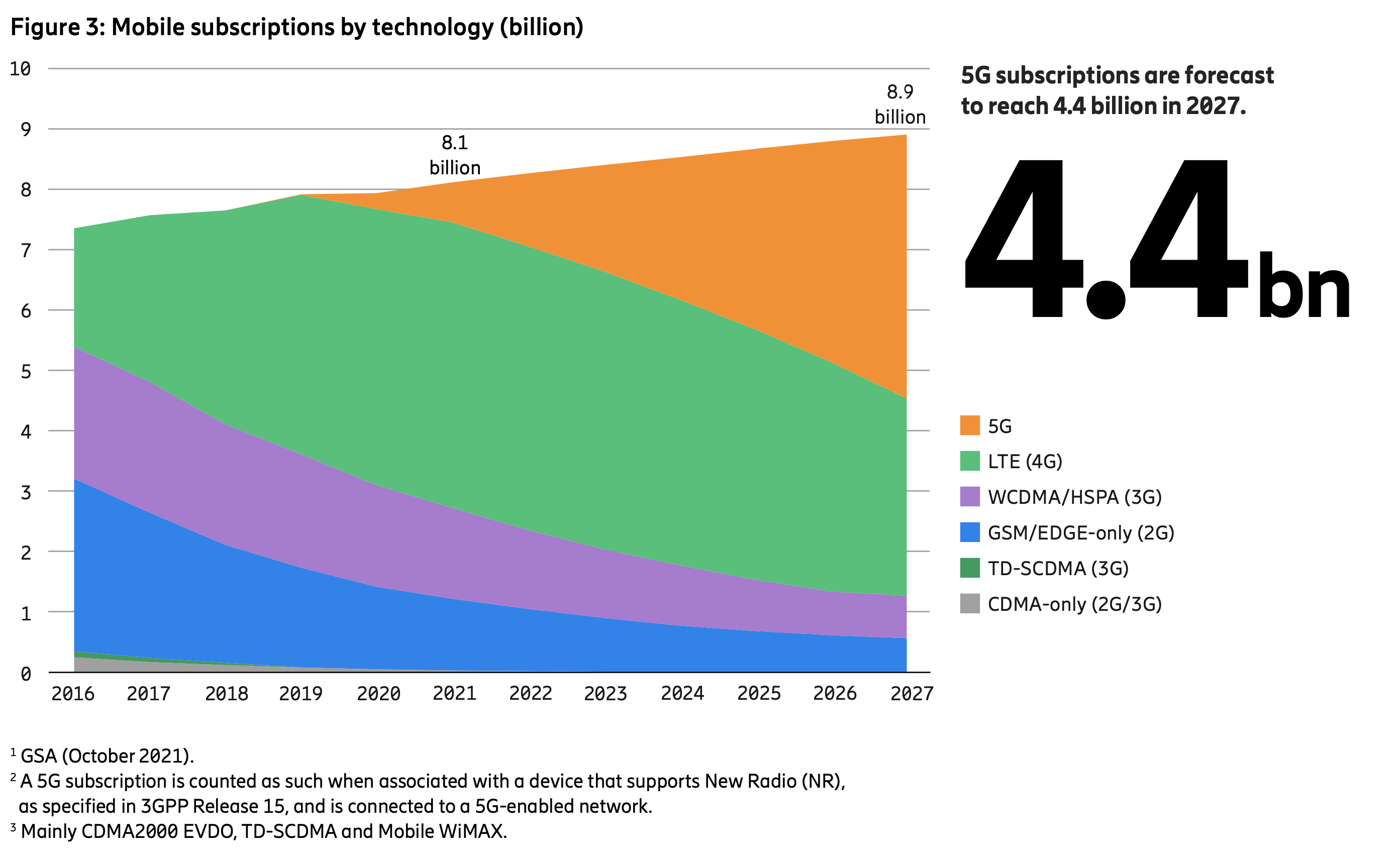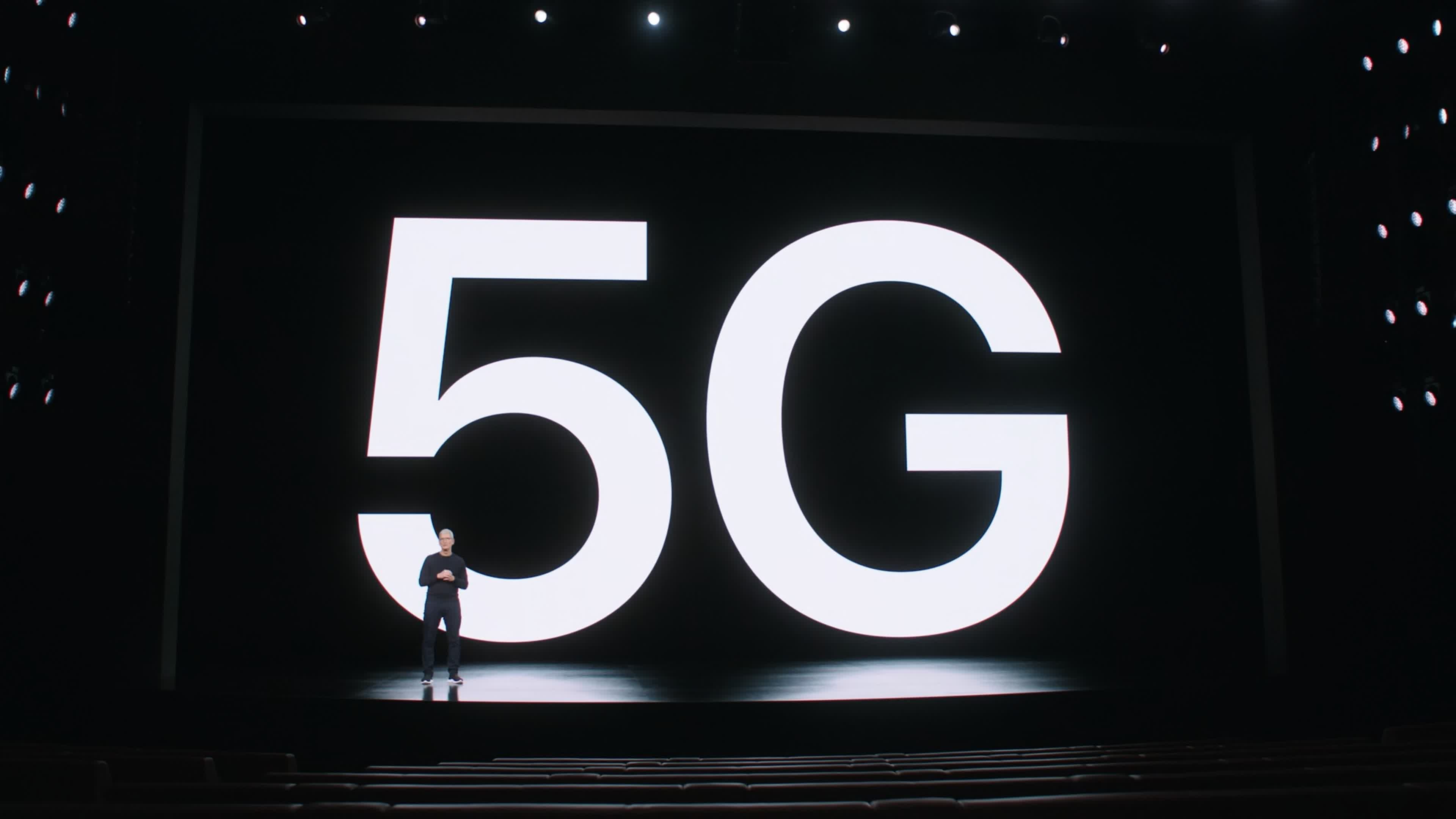In short: As the number of 5G base stations increases, so does the number of handsets supporting 5G signals. Apple’s brand strength was strongest in favor of 5G adoption, followed by Samsung and the top three Chinese smartphone brands. At this rate, the number of 5G subscriptions could reach 4.4 billion within five years.
January 2022 was the first month since the introduction of 5G when sales of 5G-enabled smartphones exceeded those of 4G-enabled models. According to the latest market report from Counterpoint Research, much of this growth can be attributed to the iPhone.
An estimated 51% of handsets sold globally in January this year featured a 5G modem, and the strongest growth was seen in China, Western Europe and North America. China is a particularly bright spot for 5G, with 84% market penetration. Analysts believe this is due to a combination of aggressive 5G rollouts by Chinese carriers (1.4 million base stations at the time of this writing), as well as a large supply of 5G handsets at a variety of prices.
North America and Western Europe recorded penetration rates of 73% and 76%, respectively. In North America, Apple’s 5G iPhones accounted for more than 50% of overall sales, despite the company falling behind the 5G party. Now that the iPhone SE also has 5G connectivity, this number is expected to increase in the coming months.
Counterpoint notes that in the case of 5G Android phones, the most popular models are between $250 and $400. In Asia and Latin America, a new wave of 5G handsets priced between $150 and $200 accounted for about a fifth of total 5G sales.
Samsung leads the Android OEM pack with a 12% share of the global market, followed by Xiaomi, Vivo and Oppo with 10-11% share. Meanwhile, Apple’s 5G iPhones account for 37% of global 5G sales.

In his Mobility Report 2021telecommunications giant Ericsson has estimated that there are now more than 5.5 billion smartphone users worldwide and that mobile networks carry 300 times more data traffic than 10 years ago, or 65 exabytes per month.


.jpg)

